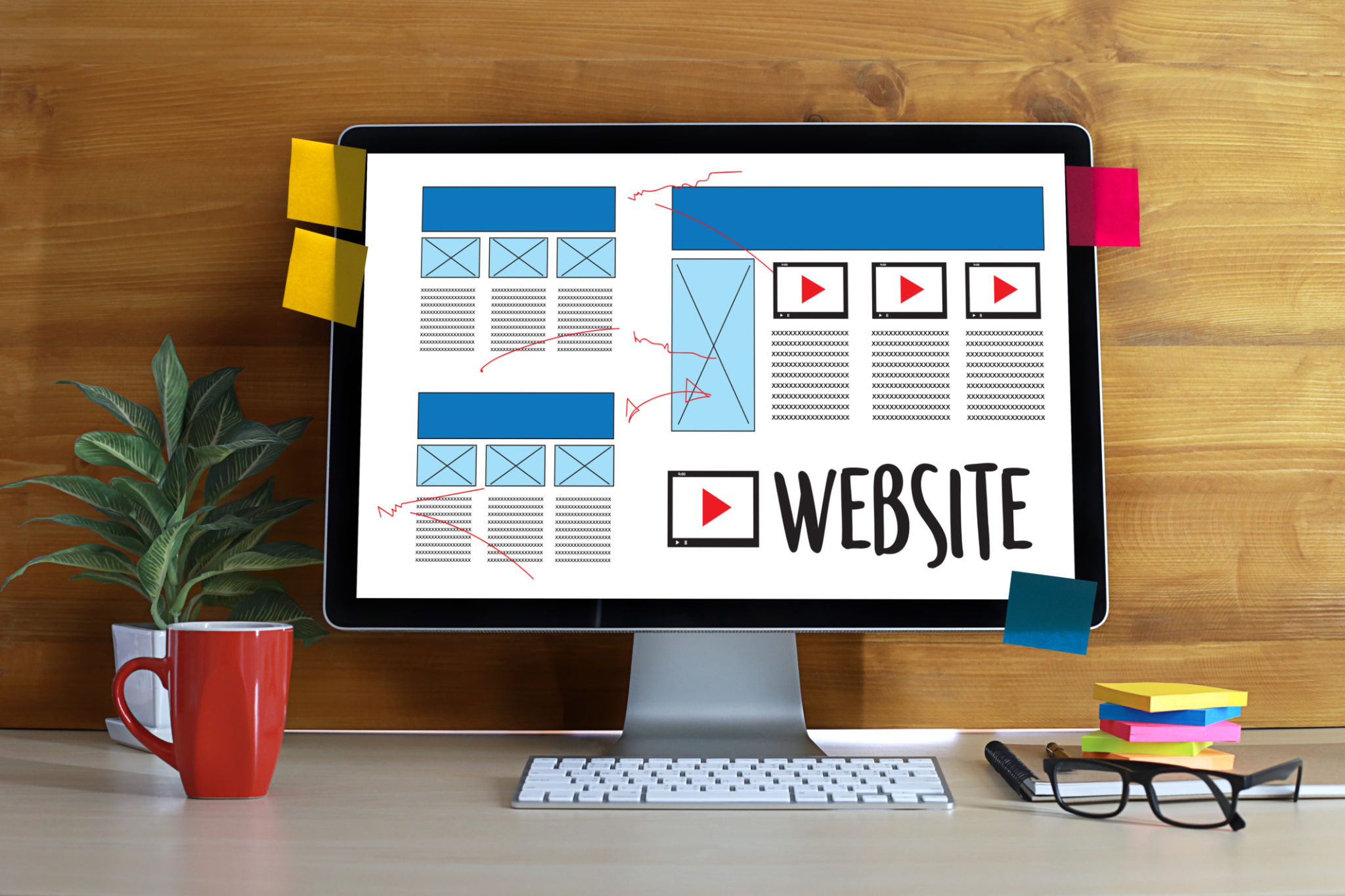A Step-by-Step Guide to Creating Your First Custom Website
Understanding Your Website's Purpose
Creating your first custom website can be an exciting yet daunting process. The foundation of a successful website starts with understanding its purpose. Are you building a personal blog, an online store, or a portfolio to showcase your work? Clearly defining the purpose will guide your design and functionality decisions.
Take time to research your target audience and their needs. Understanding who will visit your site and what they expect to find will help you offer relevant content and features. This ensures that your website resonates with your intended users and meets their expectations.

Choosing the Right Domain and Hosting
Once you have a clear purpose, the next step is selecting a domain name. Your domain should be memorable, relevant to your brand or content, and easy to spell. Consider using keywords related to your niche to enhance search engine optimization (SEO).
After choosing a domain, the next step is securing reliable web hosting. Hosting is crucial as it affects your site's speed, uptime, and security. Popular options include shared hosting for small sites, VPS for growing websites, and dedicated hosting for large-scale projects.
Designing Your Website Layout
With the domain and hosting in place, it's time to focus on the design. Start by sketching a layout or using design tools to visualize how you want your website to look. Consider the user experience (UX) by ensuring the navigation is intuitive and content is easy to digest.
Choose a color scheme and typography that align with your brand identity. Consistency in design elements helps create a professional look and feel. Remember, less is often more when it comes to web design—avoid cluttering pages with too many elements.

Selecting a Content Management System (CMS)
A Content Management System (CMS) makes it easier to manage and update your website content without extensive coding knowledge. Popular CMS options include WordPress, Joomla, and Drupal. WordPress is often recommended for beginners due to its user-friendly interface and vast array of plugins and themes.
Once you select a CMS, explore themes that match your design vision and functionality needs. Many themes are customizable, allowing you to tweak designs without starting from scratch.
Developing Essential Pages
Your website's structure should include essential pages such as Home, About, Contact, and any other pages relevant to your site's purpose. Each page should have a specific goal and contribute to the overall user experience.
The Home page serves as the gateway to your site, so ensure it captures visitors' attention and communicates your site's value proposition. The About page builds trust by sharing more about you or your business, while the Contact page provides ways for users to reach out directly.

Testing and Launching Your Website
Before launching your website, thorough testing is crucial. Check for broken links, ensure forms work correctly, and verify that your site displays well on different devices and browsers. Testing helps identify any issues that could negatively impact user experience.
Once testing is complete, it's time to go live! Announce your launch to friends, family, and social media followers. Encourage feedback to identify areas of improvement and enhance user interaction.
Regular Maintenance and Updates
Launching your website is just the beginning. Regular maintenance is vital to ensure security, performance, and relevancy. Keep your CMS, plugins, and themes up-to-date to protect against vulnerabilities.
As you gather data on user behavior, make adjustments to improve usability and engagement. Regularly updating your content keeps visitors returning and boosts SEO rankings, contributing to long-term success.
